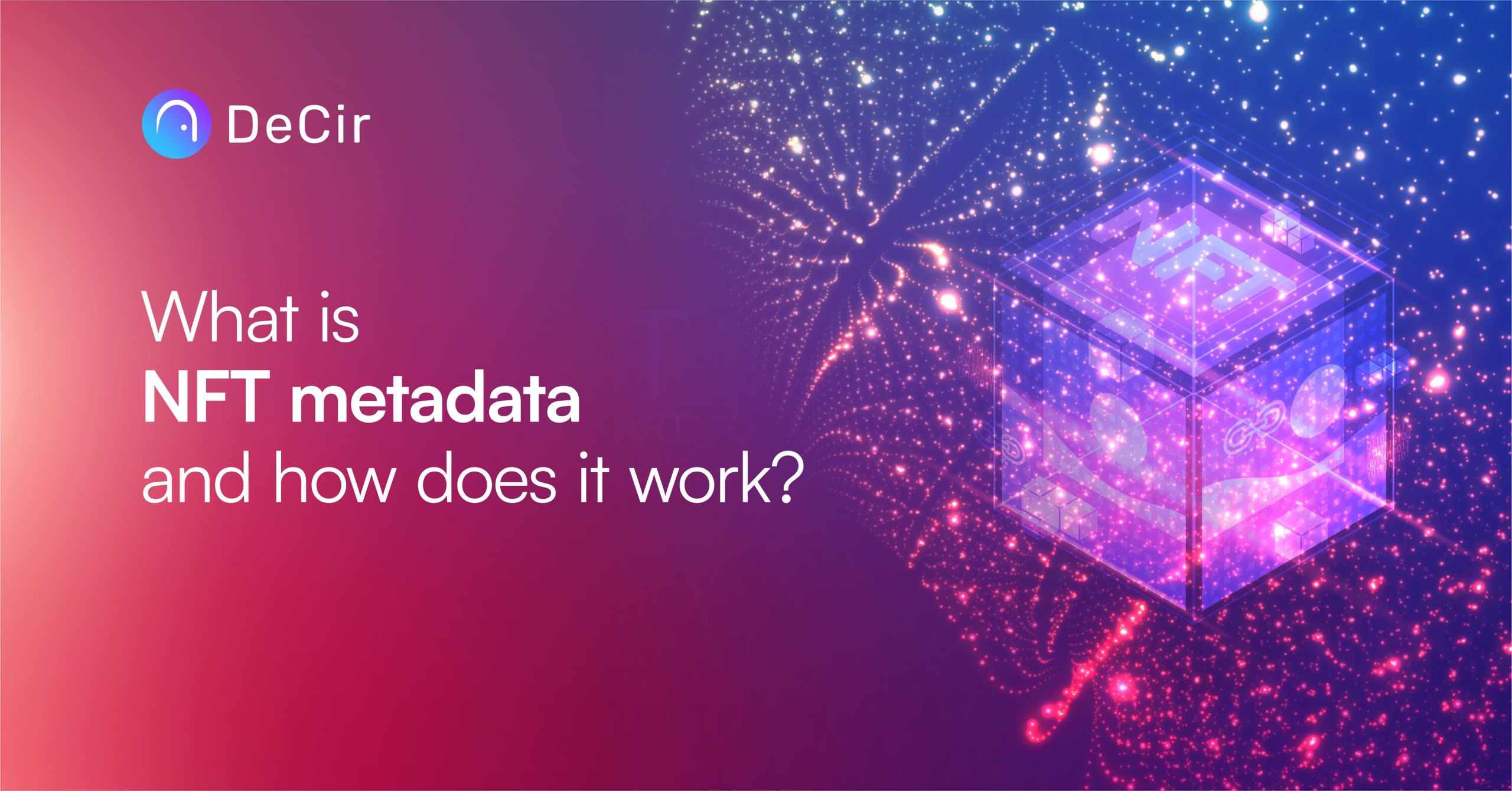Non-fungible tokens are no longer alien to most people in the Web3 space. They came to the limelight in 2021 and have been ever-present since. However, while NFT has gained momentum, one of its key components, metadata, remains relatively unknown to many. In this article, we explain what NFT metadata is and how it works.
TL;DR
- Metadata is a set of data that contains the key characteristics and attributes of a particular NFT.
- Most times, NFT metadata is stored on decentralized storage systems like Interplanetary File Systems.
- It is almost impossible to change the metadata of an NFT once it is stored on IPFS.
What is NFT metadata?
NFT metadata refers to the data set that contains the specific content of a particular NFT. Specifically, the content of an NFT includes its traits, color, token ID, and other attributes that make such an NFT rare and unique.
NFT metadata is important because it makes NFTs distinct from each other. The metadata helps to define the unique trait of an NFT, which is quite important when distinguishing NFTs in a collection.
In essence, when a user acquires an NFT, what they purchase is the right to the NFT’s identity on a storage system. They now own the key information that describes the NFT. For this reason, an NFT’s metadata typically contains its transaction history, thus indicating that the new owner is the person who owns the wallet address where the NFT is currently stored.
Also read: NFT and the future of art exhibition
Where is NFT metadata stored?
The metadata of an NFT is not contained in the visible format of the NFT file itself. The metadata is stored in a separate location outside of the marketplace or the crypto wallet address.
Most times, NFT metadata is stored on decentralized storage systems like the Interplanetary File System. NFT artists prefer this option due to its decentralized nature. However, artists could also choose to store NFT metadata on cloud systems such as Amazon Web Services (AWS) or even on Google Drive.
Can NFT metadata be changed?
It is almost impossible to change the metadata of an NFT. Changes are hard to make once an NFT is stored on interplanetary file systems. This further contributes to the non-fungible status of NFTs.
Additionally, the token standard(s) that support the creation of NFTs do not permit such alterations. Most NFTs are minted on the ERC-721 token standard. However, gaming assets are mostly minted on the ERC-1155 token standard.
The ERC-1155 token standard permits the creation of NFTs that are partly fungible and partly non-fungible. The ERC-1155 standard supports the minting of gaming NFT tokens. Dynamic NFTs (art or gaming assets) need to be fungible so as to continually alter their data as required by game progression or in response to real-world events.
Interesting piece: Why your NFT project needs a DAO
Conclusion
Metadata is an integral part of an NFT. They carry the unique data that makes NFTs truly rare and distinct. While it is relatively unknown to many, NFT metadata plays an important role in the uniqueness of all digital assets.


